Trevor Jones丨传统市场无法养活艺术家Traditional market can't support artists

EthGirl, 140 x 110 cm, oil on canvas
以太女孩,布面油画
The NFT has shaken up the art world in recent years, especially after Beeple’s “Everydays: The First 5000 Days” sold for $69 million at Christie’s. While most outsiders doubt whether NFT art is the new future of art history, or just a fad for hype, another NFT artist, Trevor Jones, has reached a bolder conclusion:
NFT在这几年着实撼动了艺术界,尤其是当Beeple的作品“每一天:前5000天”在佳士得拍出6900万美元之后。当大多数局外人还对NFT艺术究竟是艺术史崭新的未来,或者仅仅只是一股炒作风潮还心存怀疑的时候,另一位NFT艺术家特雷弗·琼斯已经有了更大胆的结论:
“This digital art market is only getting warmed up and it could quite easily take over the $67 billion (physical) art market in the not too distant future.” According to Trevor Jones, the traditional art market is likely to be dying, perhaps in the next 10 to 15 years.
“这个数字艺术市场只是在升温,在不久的将来,它很容易接管价值 670 亿美元的(实体)艺术市场。”在特雷弗·琼斯看来,传统艺术市场很有可能正在消亡,也许就是未来10到15年的事情。

Bitcoin Angel, 120 x 90 cm, oil on canvas
比特币天使,布面油画
Trevor Jones is also a successful NFT artist who has set many records in the NFT art market over the past two years. In February of this year, his Bitcoin Angel was sold for $3.2 million, the highest price ever recorded at the NFT open edition art auction.
特雷弗·琼斯同样是一位成功的NFT艺术家,过去的两年里他在NFT艺术市场中创造了许多记录。在今年的2月份,他的作品“比特币天使”得到了NFT开放版艺术品拍卖有记录以来的最高售价——320万美元。
But Trevor Jones was not so successful from the start. The young Trevor Jones suffered from depression, and it wasn’t until he was 31 that he decided to make some changes. As he had a foundation in painting since childhood, he was finally able to enter the Edinburgh College of Art to study Art after some setbacks.
但特雷弗·琼斯并非从一开始就这么成功。年轻时的特雷弗·琼斯患有抑郁症,直到他31岁的时候,他才决定做出一些改变。由于他从小就有绘画基础,在经历了一番挫折之后,他最终进入到了爱丁堡艺术学院学习艺术。
After graduation, Trevor Jones had a good job as the CEO of Art in Healthcare, a charity. Trevor Jones did this for seven years, during which time he did many things, including teaching art classes, meeting other artists, and working on solo art exhibitions.
毕业后的特雷弗·琼斯在一家名为“医疗与艺术”的慈善机构担任主管,这份工作很不错。特雷弗·琼斯做了7年的时间,在这段时间里他做了很多事情,包括教授艺术课程,接触其他艺术家,以及致力于实体的个人艺术展览。

Artist Trevor Jones
艺术家 特雷弗·琼斯
It was the experience of holding solo exhibitions that made him realize that the traditional art market, in which galleries represent artists and sell artworks on behalf of artists, could hardly support artists themselves. The gallery takes a commission of half the sale price, which, after deducting the overhead costs of space, materials, and storage, leaves him with a net income of just £9,000 a year. It’s too little to make a living on and Trevor Jones wanted to change things further.
也正是举办个展的经历,让他意识到传统艺术市场中由画廊代理画家代理售卖艺术家作品的方式很难养活艺术家本人。画廊会抽取售价一半的佣金,在减掉场地、材料、储存的间接费用之后,他一整年只从这一部分获得了9000英镑的纯收入。这太少了,特雷弗·琼斯难以以此为生,也希望进一步作出改变。
Although Trevor Jones has always worked in traditional oil painting, he has maintained an interest in technology for nearly a decade. It was a historic shift for Trevor Jones, who first got into blockchain technology around 2017 by investing in cryptocurrencies.
虽然一直以来特雷弗·琼斯从事的是传统油画绘画,但他近十年都一直保持着对于技术的兴趣。2017年前后,特雷弗·琼斯通过投资加密货币开始接触区块链技术,这对特雷弗·琼斯来说是一个历史性的转变。


Cubist Satoshi by Trevor Jones
特雷弗·琼斯创作的 Cubist Satoshi
He was fascinated by the disruptive and future potential of blockchain. By early 2018, Trevor Jones was already thinking about new crypto-inspired exhibitions based on cryptocurrencies and augmented reality. It was a decision that sounded a bit like a gamble to him, but as the price of Bitcoin and Ether began to rise sharply around 2017, Trevor Jones prospered.
区块链的颠覆性和未来发展潜力深深吸引了他。到2018年初,特雷弗·琼斯已经开始构思基于加密货币和增强现实技术的新展览。这个决定在他自己看来有点像赌徒行为,但随着2017 年前后比特币 ( BTC ) 和以太 ( ETH ) 价格开始大幅上涨,特雷弗·琼斯也大获成功。

A still image of Picasso’s Bull by Trevor Jones.
特雷弗·琼斯创作的毕加索公牛静止图像
Trevor Jones took the approach from physical painting to technical creation. Currently, Trevor Jones’s works already sell for between $40,000 and $180,000 each. In February of this year, he sold his works overnight for $3.2 million. Despite his modesty, the story of Trevor Jones’s rise from suffering depression to universal recognition in the art world is an inspiring story.
特雷弗·琼斯采用的是先进行物理绘画在进行技术创作的方式。目前,特雷弗·琼斯的作品每件售价已经高达几万到几十万美元。今年的2月份,他的作品一夜之间就卖出了320万美元。虽然特雷弗·琼斯本人非常谦虚,但是从抑郁症患者到在艺术界获得普遍认可,特雷弗·琼斯的故事可以说非常励志。
For Trevor Jones, the NFT market is only getting bigger and it has changed his life forever.
在特雷弗·琼斯看来,NFT市场只会越来越大,也彻底改变了他的人生。
FOR MORE RELATED CONTENT
本篇文章来源于微信公众号: SHMADNESS

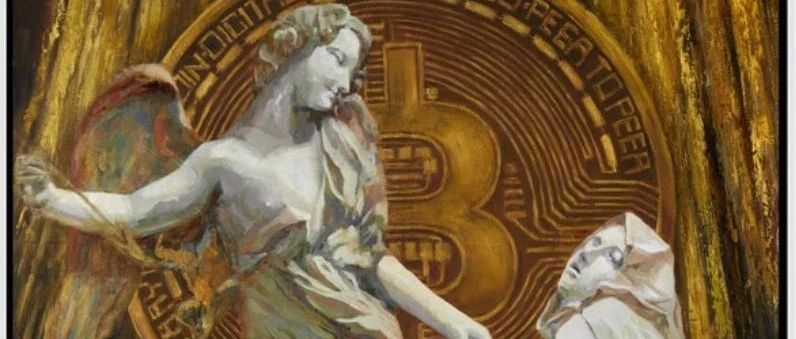



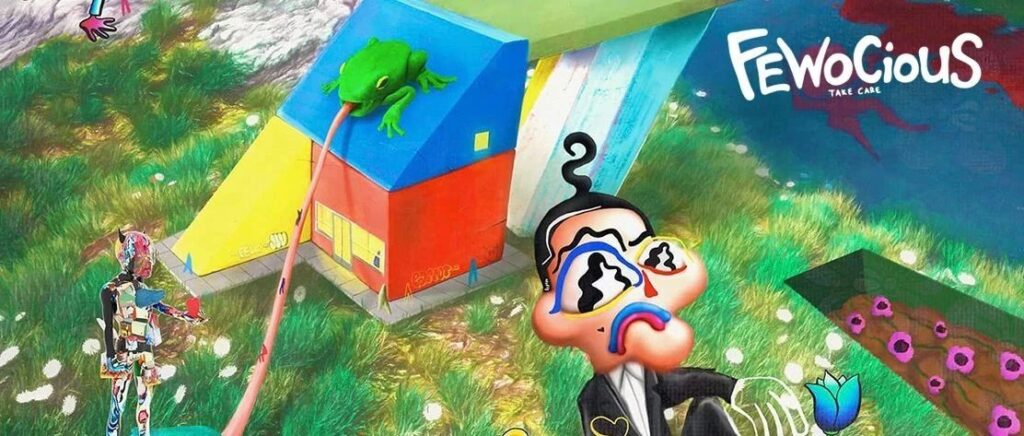














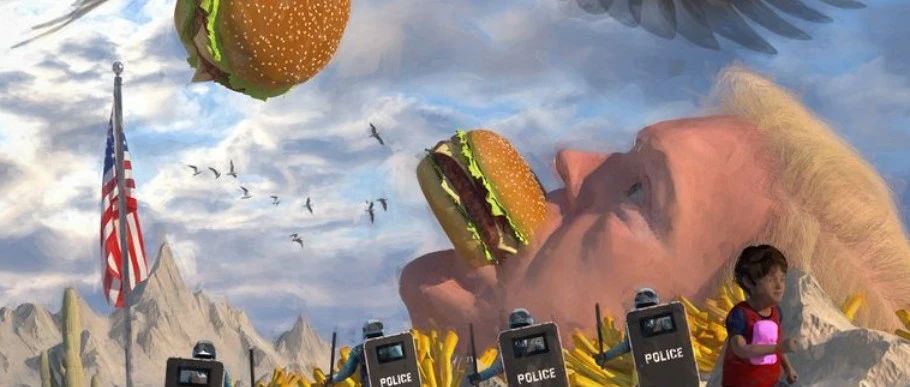






































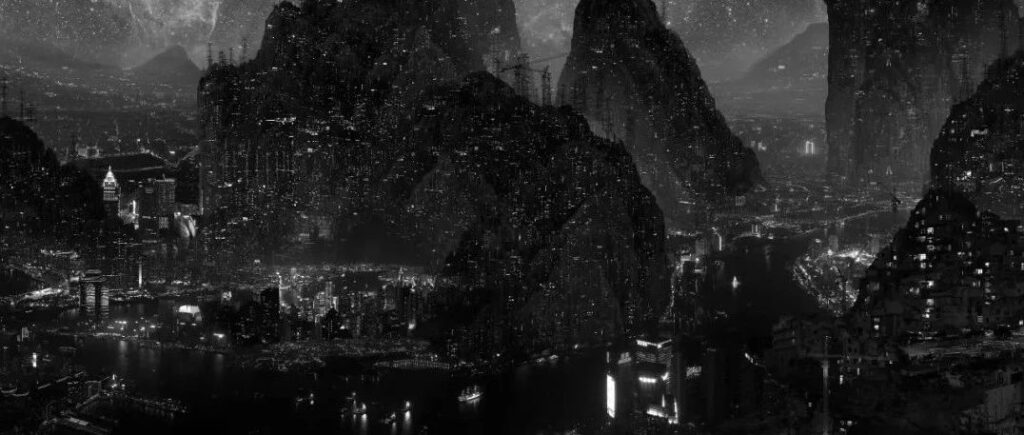






















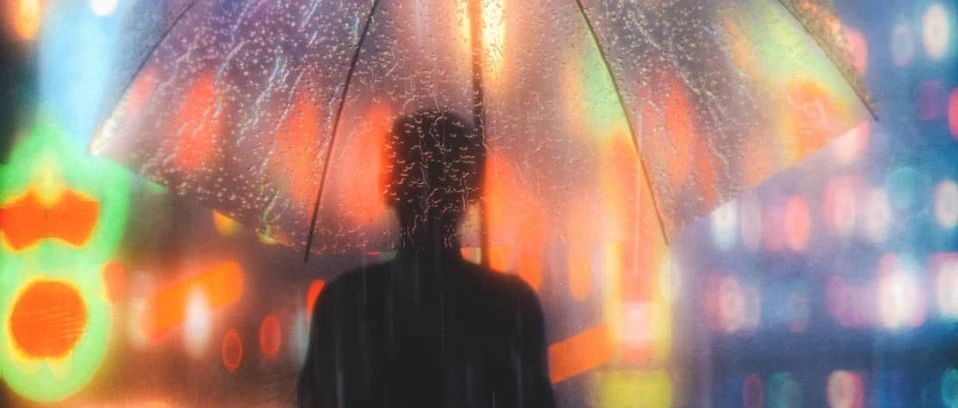



































 Robotic Tattoo performance “Kurt” by Niki Passath
Robotic Tattoo performance “Kurt” by Niki Passath








